What is the best cleaner for polished concrete floors? Just because these surfaces look rock solid doesn’t mean they’re invincible. You can’t treat them like your old shed slab. We’ve seen more polished floors ruined by good intentions than by actual wear and tear. That’s why we put together this guide. Because too many well-meaning DIYers are grabbing the wrong products and doing real damage.
Think you can just mop it with dish soap and warm water and call it a day? Think again. These floor surfaces have a protective layer, often a polished finish that’s sealed tight to resist dirt particles, stain resistance concerns and daily foot traffic. But throw the wrong cleaning agent at it — say, acidic cleaning products, steam cleaners or harsh cleaners — and you could be looking at surface damage, loss of shine or worse.
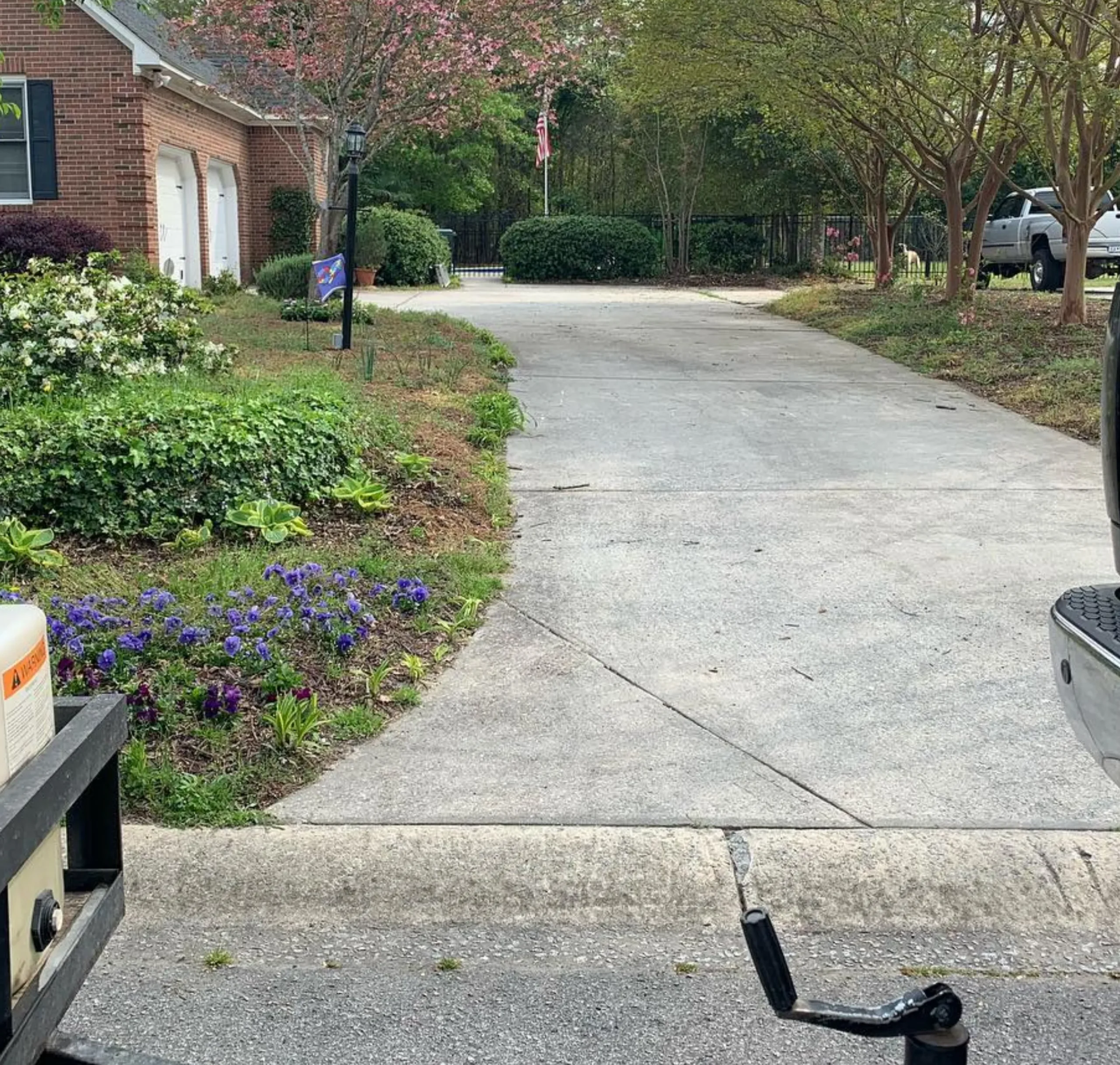
Don’t Miss These Tips
Now don’t get us wrong — concrete flooring is durable and easy to maintain if you treat it right. But concrete surfaces, especially polished floors, don’t like just any cleaning solution.
Common mistake? Using acidic cleaning products like vinegar, citrus solution or harsh cleaners. That’ll eat through your protective layer and damage the concrete finish. Harsh detergents or alkaline cleaning solutions can also mess with decorative finishes and concrete polishing results.
The golden rule: stick to a pH-neutral/pH-balanced cleaning product. Anything else and you’re gambling with your shiny surface.
What to Do (The Right Way to Clean)
We’ve been called into many homes and commercial spaces after DIY cleaning has gone wrong. Follow this basic cleaning routine and you’ll avoid most common mistakes.
Daily Cleaning Tasks:
- Use a dry dust mop or vacuum cleaner (with a soft brush head) to remove dirt and dust.
- Clear debris in high traffic areas or near entries more often — especially in homes with pets or little ones.
Weekly Cleaning:
- Use warm water and a microfiber-style wet mop or cleaning pads for wet mopping.
- Add a cap of a neutral cleaner or mild detergent like Bona, Environex or Lithofin if needed.
- Always follow the product with water dilution instructions — 15-20% water or whatever the label says.
- Buff dry with machine-washable soft towels or a dry microfibre cloth.
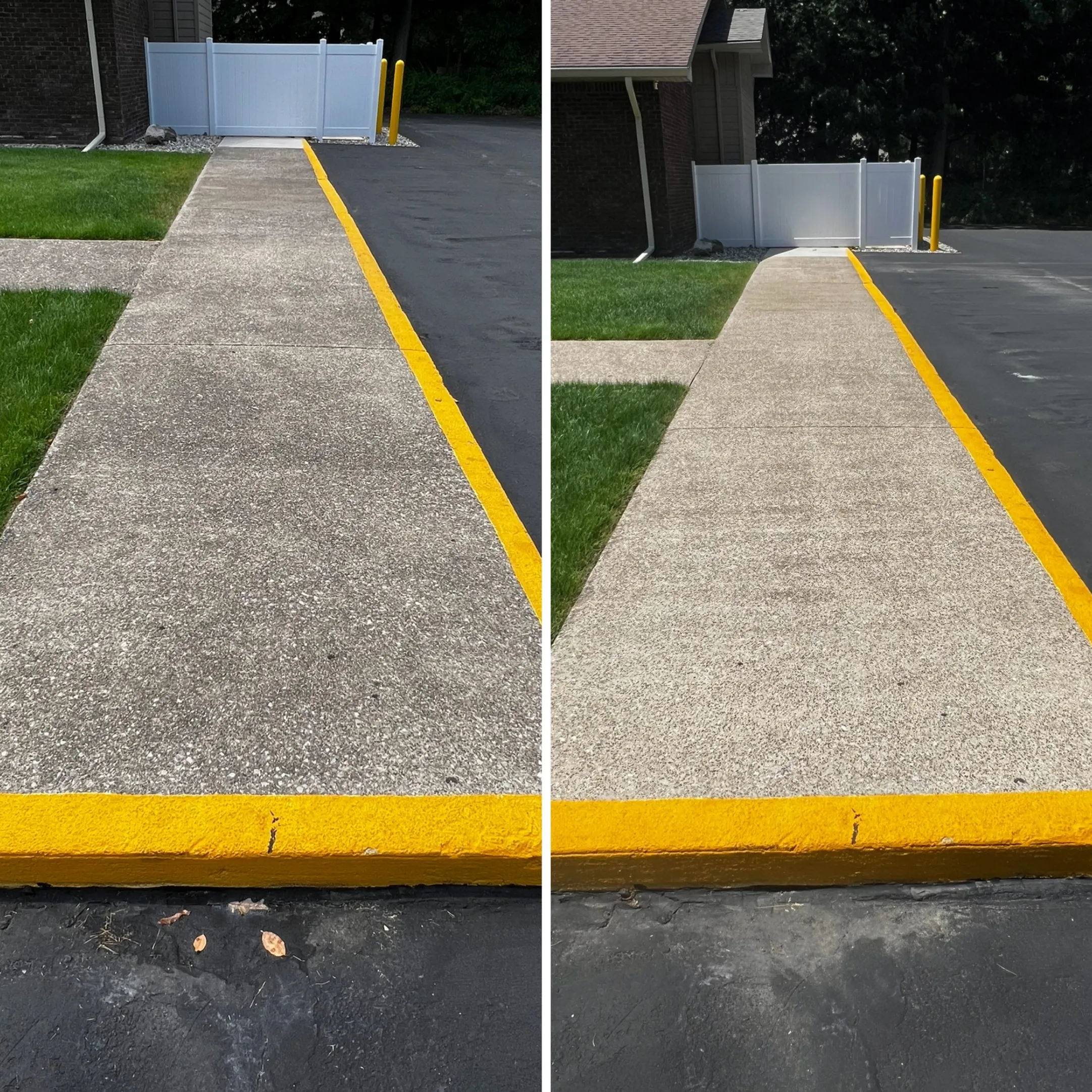
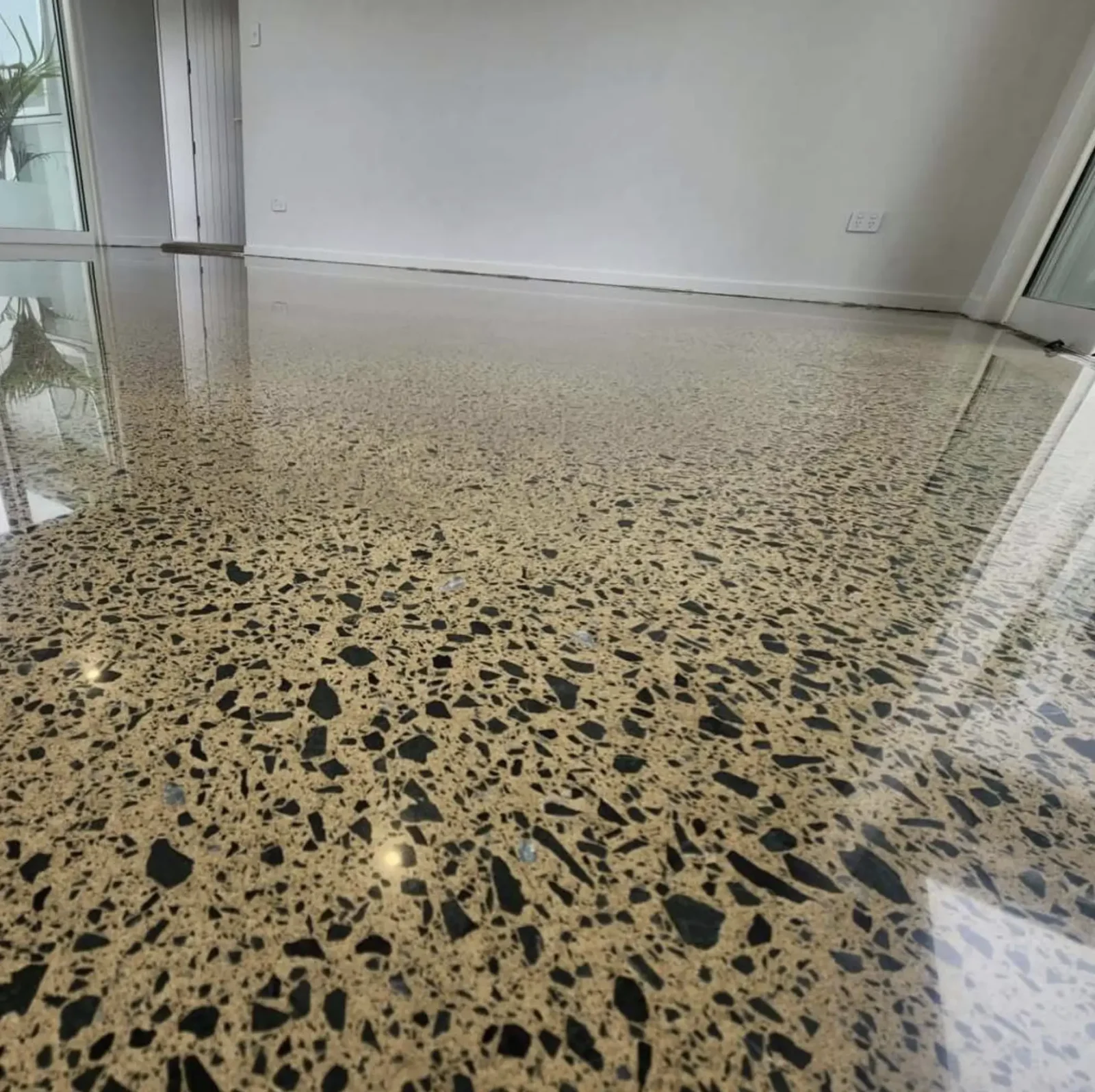
Monthly Tasks:
- Use a concrete cleaner like AquaMix or Actichem for deeper cleaning.
- Pay special attention to corners, under furniture and near rubber products which can stain if they sweat.
Annually:
- Call in a professional cleaning service or our team for a proper assessment.
- You may need concrete polishing or resealing if the gloss floors start to look a bit dull.
What NOT to Do
We’ve said it before but it’s worth repeating:
- Don’t use acidic cleaners like lemon juice, vinegar or hydrochloric acid.
- Avoid harsh detergents, bleach and alkaline cleaners — they’ll destroy the shine.
- Don’t use steam cleaners especially in residential spaces — they penetrate sealers and cause damage over time.
- Don’t over-wet mop or leave dirty water sitting — that’s how you get dull patches.
- Never drag heavy furniture without rubber floor protectors — it’ll scratch your polished finish.
Best Cleaners
Neutral Cleaners (For Regular Cleaning)
- Bona Stone, Tile & Laminate Cleaner – Easy to use, popular product, residue-free.
- AquaMix Concentrated Cleaner – Good for decorative finishes and concrete floor finishes.
- Environex HD Neutral Cleaner – Aussie made, for concrete surfaces and eco-friendly.
Deep Cleaning or Commercial Settings
- Actichem AP100 – Safe and strong when diluted.
- Lithofin MN Easy-Clean – Great for daily floor cleaning in commercial settings.
DIY Emergency Fix
- Mix hot water, a drop of gentle soap or natural soap, and go light on it.
- Wipe dry to avoid streaks. Only use this when you’re out of the proper stuff.
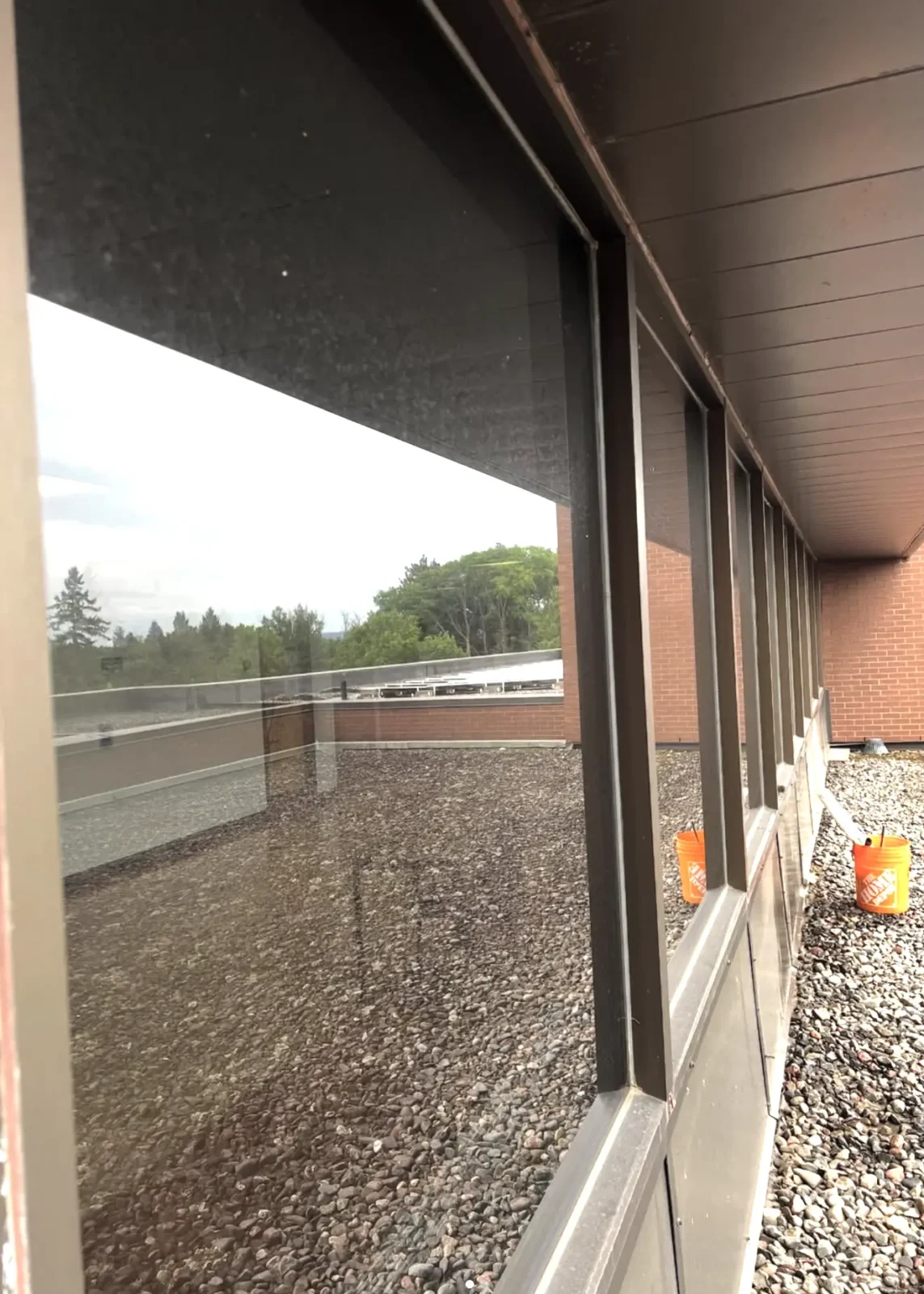
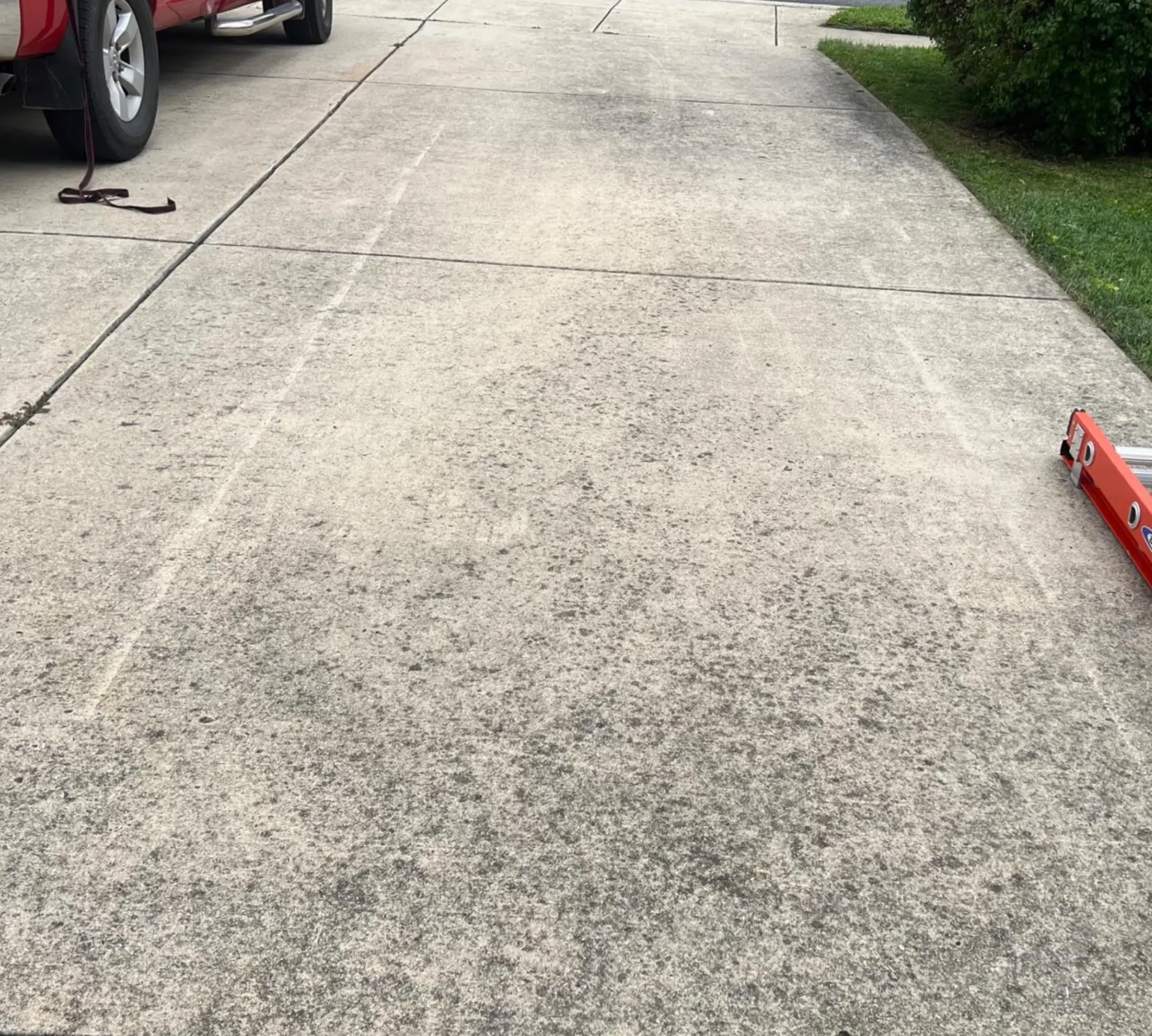
What About Tough Stains?
Every concrete floor owner has had this happen at least once: an oil stain, some chlorophyll stains from leaves or soft drink spills.
Oil Stains or Grease
- Blot with clean microfiber cloths.
- Use a diluted concrete stain remover or a general-purpose degreaser.
Rust Stain or Metal Marks
- Try a commercial concrete stain remover — don’t even look at acidic cleaning products.
Food and Drink Spills
- Use warm water and a microfibre cloth in circular motions.
- Don’t leave it for too long — acidic spills damage the floor surface.
Intelligent Tips
Here’s the cheat sheet we give our property owners, business owners and even a few tradies.
Frequent Cleaning > Heavy Cleaning
Don’t wait till it looks dirty. Frequent cleaning with minimal effort is easier in the long run.
Clean Water = Clean Surface
Always use clean water. Dirty water = dull floor finish.
Minimal Water Is Key
Use minimal water — just enough to dampen the mop. Excess water damages the floor finish and causes damage over time.
Use the Right Mop
A standard microfiber dust mop or microfiber-style wet mop is perfect. Chuck the old cotton one in the bin.
No-Maintenance Myth
There’s no such thing as no-maintenance flooring. If it exists, it needs cleaning.
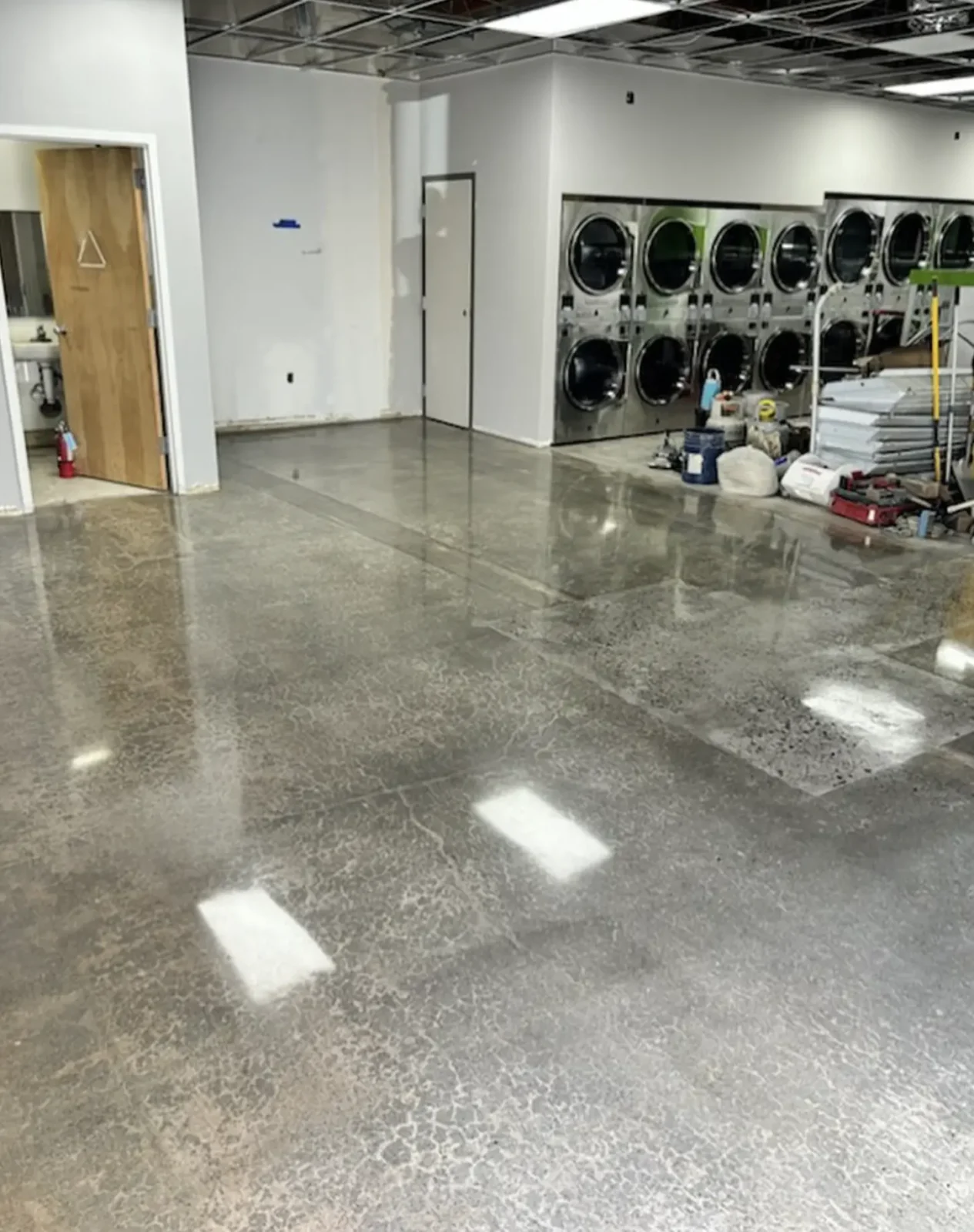
Set a Regular Maintenance Schedule
Whether you have polished floors in a residential home or a commercial space, staying on top of your maintenance schedule is what keeps that shiny surface from becoming a patchy mess.
Daily
- Dust mopping or robotic vacuums for loose abrasive dirt
- Spot clean liquid spills or foot traffic marks
Weekly
- Wet mopping with neutral cleaners
- Cleaner microfiber cleaning pads for damp passes
Monthly
- Use an effective cleaning solution for deep cleaning days
- Rotate mats (use rubber-backed mats, not dodgy rubber-based ones that stain)
Yearly
- Call a professional cleaner to assess whether your sealant needs refreshing
- Burnish or polish using a Burnishing machine or auto scrubber (for big areas)
The Worst Products You Can Use
Here’s our Hall of Shame — cleaners that look innocent but will wreck your polished finish.
- Vinegar and water mix – No matter what that wellness blog says.
- Bleach-based cleaners – Will cloud the surface and damage the protective layer.
- Methylated spirits – Evaporates too fast and leaves streaks.
- Baking soda pastes – Scratchy as hell. It’s not meant for polished surfaces.
- “Multi-purpose” sprays – Usually too harsh or full of additives that leave sticky residues.
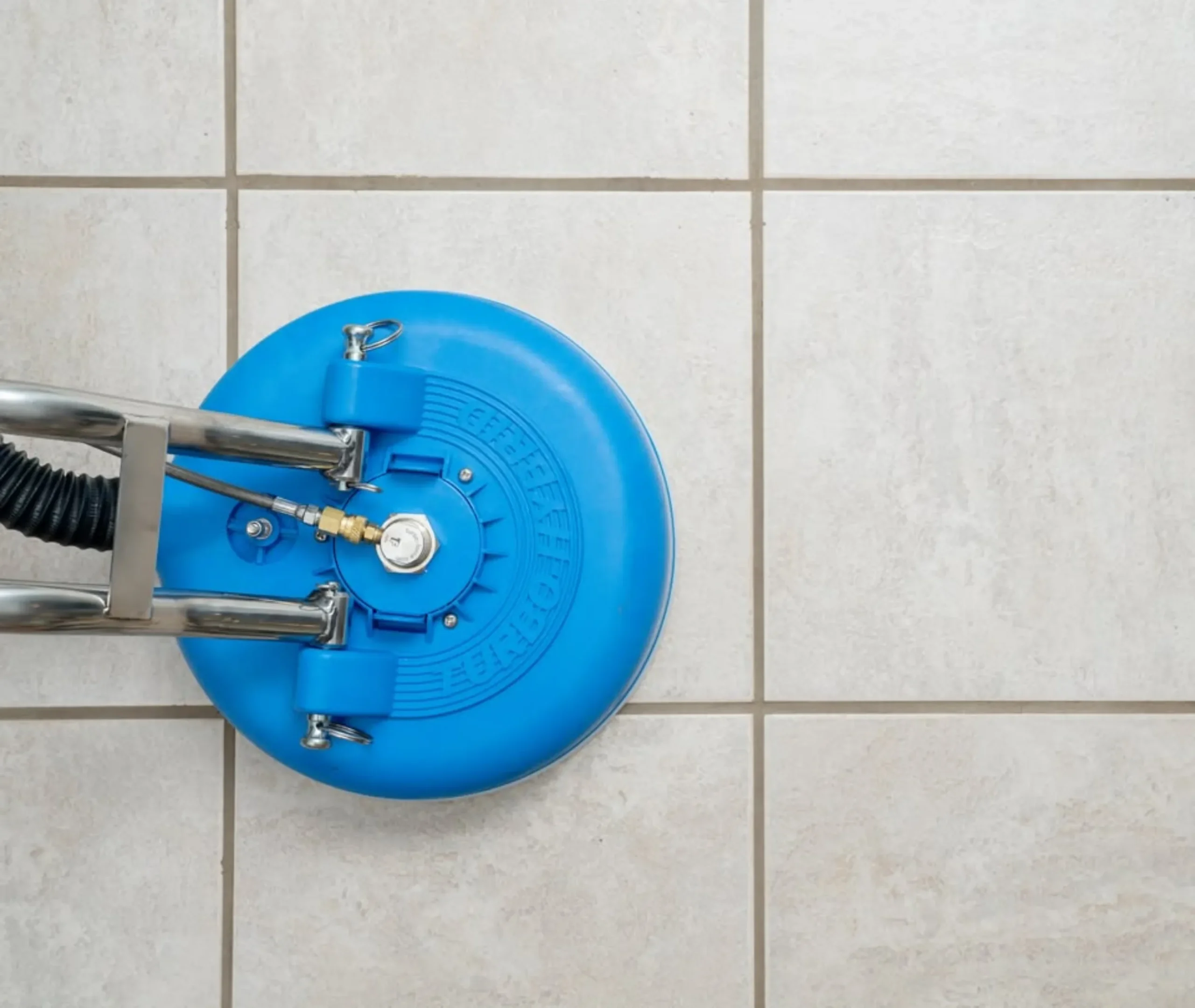
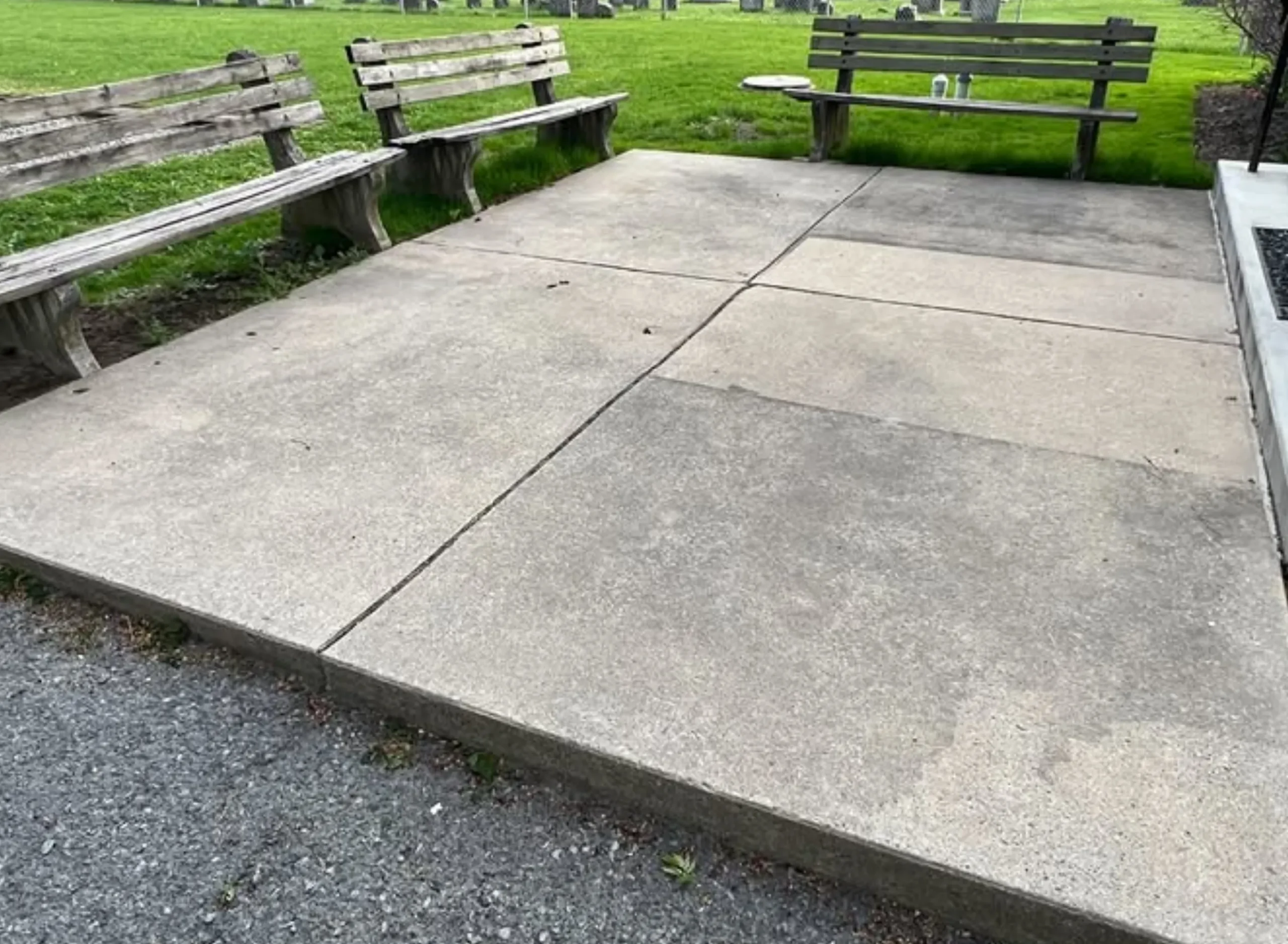
Aussie Climate Tips
Different regions, different enemies. Here’s how your concrete flooring systems can survive Australia’s finest chaos:
- Inland or NT: Watch out for red dust and dry abrasive dirt — more dust mopping and daily cleaning.
- Tropics (QLD/Top End): Humidity plus rubber products = sweat stains. Don’t let mats sit too long.
- Coastal: Salt spray = fine dust particles and residue. Rinse mops more often.
- Southern states: Spring pollen, winter grime, and water spots — frequent cleaning is your mate.
Polished Concrete Cleaning Checklist
| Task | Frequency | Notes |
|---|---|---|
| Dust mop / dry mop | Daily | Use a dry dust mop to catch loose dirt and abrasive dirt |
| Wet mop with pH-neutral | Weekly | Use minimal water and mop in sections |
| Spot clean spills | As needed | Use clean water, blot with soft towels |
| Deep clean | Monthly | Use a concrete cleaning product and follow instructions |
| Professional inspection | Annually | Ideal for high-traffic areas and commercial settings |
| Replace cleaning tools | Every 3–6 months | Old microfibre cloths lose their grip |
FAQ
Can I use vinegar or lemon juice on polished concrete?
No — both are acidic and will damage the polish. Only use pH-balanced cleaning products.
What’s the best daily cleaning method?
Dust mop with a microfiber dust mop then damp mop with clean water and a neutral cleaner.
Will a steam mop work on polished concrete?
Short answer — no. Steam cleaners can break down sealants and cause damage over time.
What’s the safest way to handle tough stains?
Use a concrete stain remover designed for concrete surfaces. Never use abrasive cleaners.
How often should I reseal or polish my concrete floor?
High traffic areas every 12-18 months. Low-traffic residential areas should be inspected every 2-3 years.
